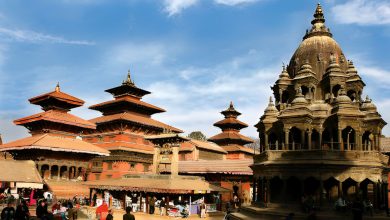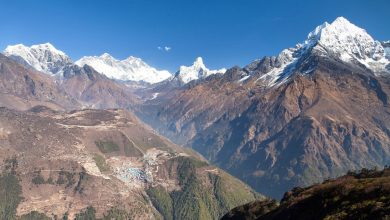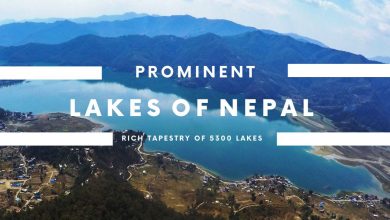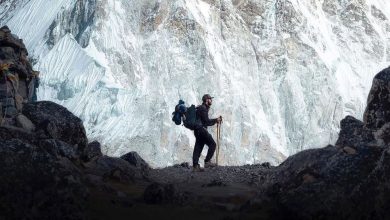What Is The Optimal Group Size For Trekking In Nepal?
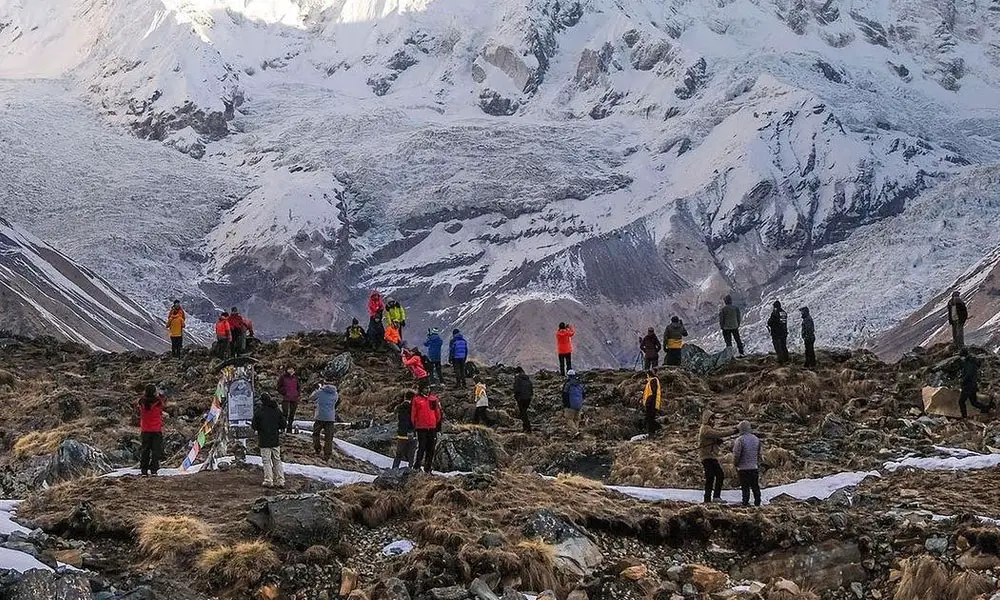
Trekking in Nepal is quite a popular activity among tourists. From amateurs to professional mountaineers and trekkers, Nepal is a hub for everyone. An essential factor while partaking in such activities in Nepal is curating a group to travel with you. Trekking agencies usually consider a group of 10 to 12 as an ideal group size for trekking in Nepal. But practically, this is not always the case.
You might wonder how you can create an ideal group size for trekking in Nepal. So, what is the optimal group size for trekking in Nepal? Your questions will be answered here. Stick with us to get all the info on group trekking, its pros and cons, and the costs of trekking in Nepal.
How to Determine the Ideal Group Size for Your Trekking Adventure?
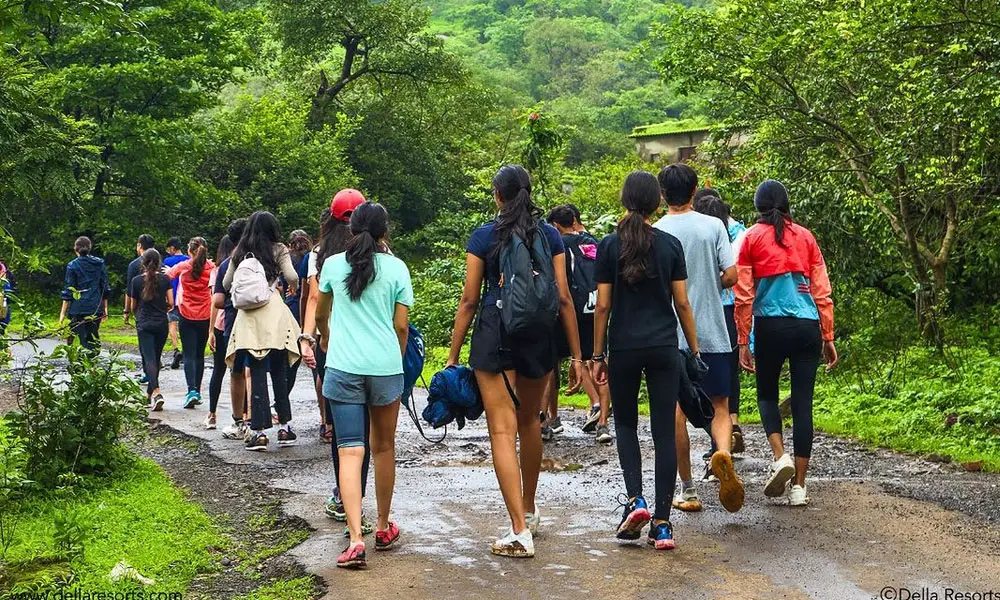
The ideal group size for trekking in Nepal depends on several factors. The time duration of the trek, place you’re trekking, season, climate, cost, the purpose of the trek, etc., needs to be considered.
Place you’re trekking
The place you’re trekking to matters when deciding the ideal group size for trekking in Nepal. When you trek through the restricted trekking locations, rules are imposed. You need to trek with a group of a minimum of two people. Along with that, you will also need to hire a licensed guide to travel with you. You will not be given trekking permits if you’re trying to trek alone in these areas. Regions like Everest Base Camp, Upper Mustang, Kanchenjunga, Langtang, Nar Phu, Manaslu, etc., are some of these restricted areas.
The same applies if you decide to climb trekking peaks like Mera Peak and Island Peak. You need to take a group with a minimum of two members, along with a guide. Although two is the minimum requirement, it might not necessarily be the typical group size for trekking in Nepal.
Most of the time, while trekking, people travel with a group consisting of friends and family. There is no definitive number to say what the best group size for trekking in Nepal would be in such cases. The number varies in every group. Trekking agencies and organizers can manage such groups more easily. People know each other already and know their needs beforehand. Hence, traveling and organization become much easier.
Cost of trekking
The easier the organization, the higher the profit trekking agencies make. So you will likely get a cheaper trekking package if you travel in a larger group. The price for trekking with 2 people is significantly higher than one with 20 people. However, if you plan on going on the larger group size, we recommend one of around 15 people. More than 15 is not really the best group size for trekking in Nepal.
Duration and season of the trek
Best group size for trekking in Nepal can also be based on the duration of the trek and the time you’re travelling. We advise not traveling in small groups if you are trekking very remote. Having a support system other than one friend and a guide is very important. Similarly, the season you’re traveling can also change the best group size for trekking in Nepal.
If you are traveling with a few people during peak trekking seasons like spring and autumn, it can be ideal. Despite being with fewer people, you will not be left alone as there will be many other people swarming the trails. However, traveling with smaller groups during the off-season is not very ideal.
Purpose of the trek:
The purpose of the trek varies from person to person. Some people might trek to face some challenges, and some might just want to make new memories and gain experience. You can decide the ideal group size for trekking in Nepal based on this purpose too. If you want to challenge yourself, take the tougher route and travel with a smaller group. On the other hand, if you are trekking to have fun and for recreation, travel in a group size optimal for you. Take your dear ones along with you to your treks.
Pros of trekking in a group in Nepal
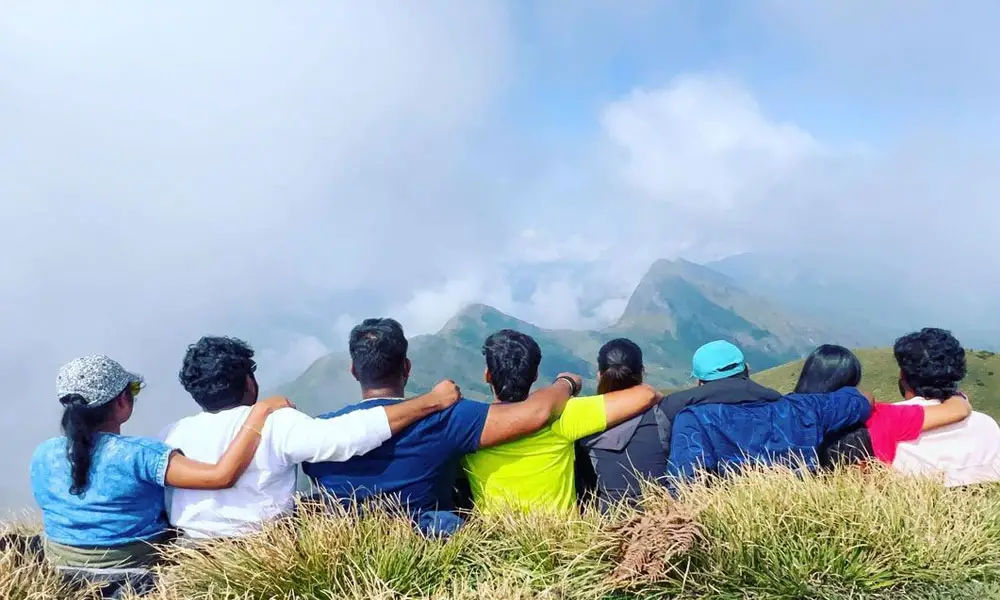
Economic
Trekking in a group makes it easier to manage your amenities. Booking lodges, transportation, meals, etc., in bulk is easier and cheaper. You will get better deals when there are more number of people in your group. It’s easier for trekking agencies to give you access to trekking resources as well. The price for trekking for just a group of 2 is much higher than with a group of more than 10 people. We highly recommend you travel in bigger groups if you want cheaper trekking in Nepal.
Safety
Traveling for many days in remote locations is a risky task. You might get injured or face some dangers during your treks. Having company during such an activity is a great way to ensure safety. It helps you to ensure your psychological well-being and also gives you a helping hand in case of injury or illness.
Build fraternity.
You can use trekking in a group as a medium of socialization. Either bring your own friends and family and get closer during the trek or make new friends. You can make a group with foreigners from various places around the world and get to learn from each other. It’s a great way of socializing and making new friends.
Successful treks:
Your treks will have a higher rate of success if you’re traveling in a group. Minor inconveniences can be easily overcome when you’re traveling with other people. Dividing guides, taking care of people who might get sick, encouraging the group to finish the trek, etc., is possible in group treks. In a smaller group trek, such type of management is not quite possible.
Cons of trekking in a group in Nepal
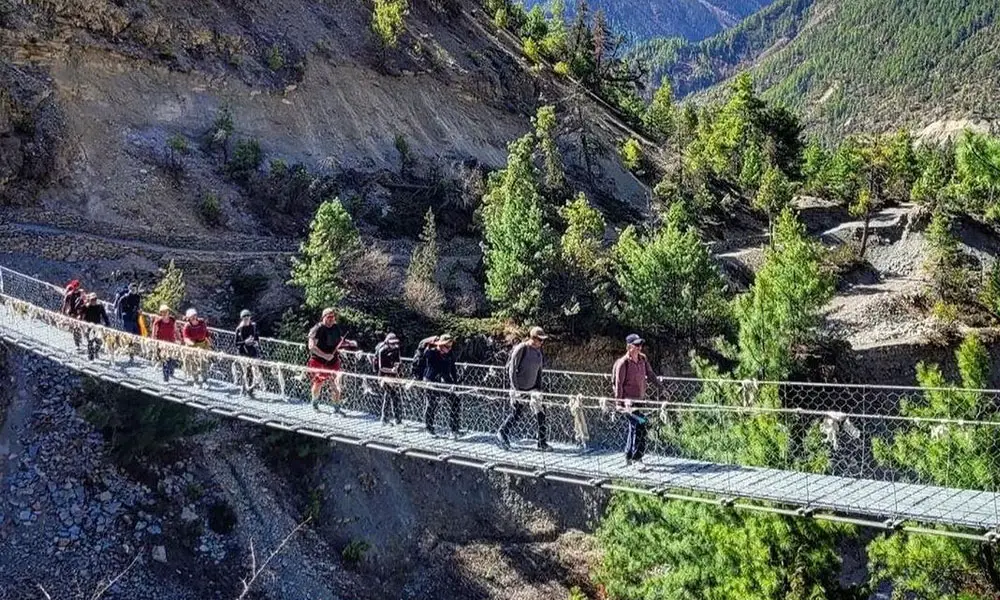
Lack of privacy
Trekking for a long duration requires you to live with people in the same room, share meals, and be quite intimate. This might not be ideal for you if you are a private person. People socialize in their own way, and some might not really enjoy being close to large groups of people. So if you’re looking for a private intimate trip, travel in a group might not be for you.
Conflicts
Making team decisions is quite a hassle when more people are involved. Individual decisions take less time and no arguments. You might get into disagreements and rows with your fellow group members. This makes up for a significant con of trekking in groups.
Rigid routine
The trekking routes, itinerary, and routine are planned by your trekking agency based on the cumulative needs of the group. If you as an individual want some changes, it is quite difficult to make. You need to make sure everyone in the group is fine with what you suggest. Otherwise, you have to stick to the regular routine and be fine with it.
Time-consuming
Group activities are quite time-consuming. You have to use resources collectively, and that makes it difficult to follow a fast-paced schedule. Moreover, just making a group and deciding your trekking plans also takes a long time. You need to make preparations at least two to three months prior to ensure your plans.
Pros and Cons of Smaller Groups
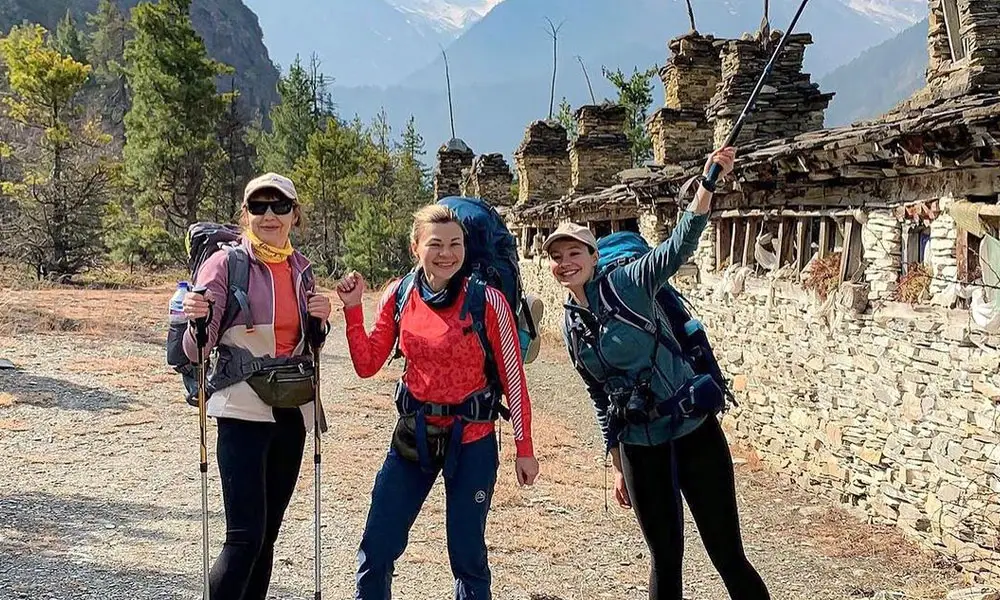
The typical group size for trekking in Nepal for a smaller group could be anywhere between 2 to 6 people. This could be your best group size for trekking in Nepal if your plan is to be more independent. The choice of a smaller group has its own pros and cons too.
Pros of trekking in smaller groups
- You will get enough privacy.
- There will be less likelihood of conflict.
- The travel plans can become more flexible.
- It will be less time-consuming.
- You can choose to add new destinations to your trek.
Cons of trekking in smaller groups
- It will be more expensive.
- You might not have the best support system.
- There is a high likelihood that you might not finish your treks due to a lack of a support system.
- Recovering from unforeseen ailments and injuries is difficult.
Pros and Cons of Larger Groups
The typical group size for trekking in Nepal for a larger group size could be anywhere from 12 to 20 people. This would be best if you are looking for the trek to be as economical as possible. There are many pros and cons to this choice too.
Pros of trekking in larger groups
- The trekking becomes cheaper.
- You can share resources with people.
- Building fraternity and friendship is possible.
- There will be fewer challenges for you due to the company.
- Mental encouragement and support will be present.
Cons of trekking in larger groups
- Clash in opinion.
- Difficulty in getting along with people with different mindsets.
- Introverts might feel left out in large groups.
- Managing resources is tricky.
- You might not get equal treatment unless you are an active member of the group.
- The schedule becomes more rigid, and changes might bring conflict in the group.
You may also like:
